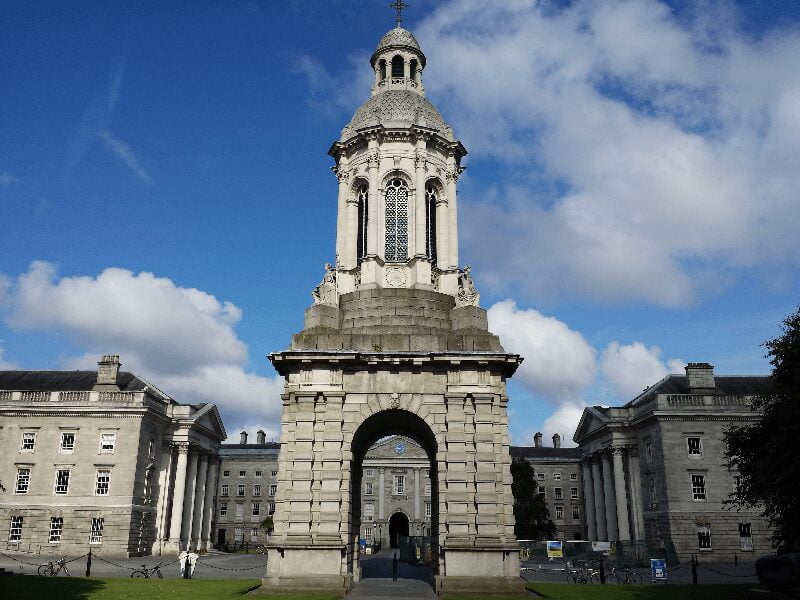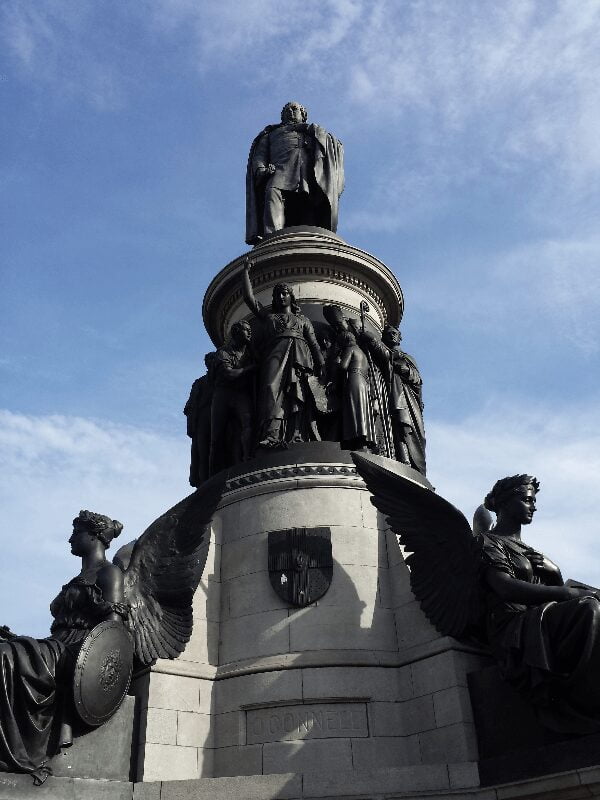Published: October 15, 2015
From the beginning of 17th century, a series of laws were passed across Ireland that barred Catholics from serving in the army, owning land, getting Catholic education, voting and holding place in the parliament. Historians argue about how strictly these laws were actually enforced on the Irish population, but the inequality and opposition between Catholics and Protestants during this period of Irish history is apparent. In 1592, Queen Elizabeth’s visit to Ireland laid foundation for Trinity College, the first institute for higher education in the country. It was meant to stop members of Irish Catholic families from moving abroad to get a degree in one of the Catholic countries, such as France or Spain. Although from the end of 18th century Trinity College allowed admission to Catholic students (with some restrictions), by most traditional families it was seen as a harbour of Englishness on the Irish land.
Catholicism, for a very long time, was a major part of Irish identity in opposition to the British rule. The Catholic versus Protestant debate was not based on the foundations of religion, but rather on the foundations of one’s self-identification: Irish and proud, or Irish and Unionist.
Daniel O’Connell, whose stunning monument now dominates the southern end of O’Connell street, was the person behind a drastic change in the Irish society one century before the independence. His influential figure, popular among the Irish and the English alike, led in 1829 to the abolition of penal laws, upon which Catholics finally gained equal rights for membership in the parliament. In Irish history, O’Connell is known as ’The Liberator’ and ’The Emancipator’, although some of his freedom fighting contemporaries and future historians considered him a highly controversial figure of Irish history, ready to bend under the British rule.
Nevertheless, O’Connell’s monument, designed and sculpted by John Henry Foley, is full of symbolism that not even all Dubliners can interpret if you challenge them. Below the statue of O’Connell himself, among other figures, stands the Maid of Erin, Ireland herself, pointing up at The Liberator. The four angels at the base of the monument represent the four provinces of Ireland, or, according to other interpretations, the four virtues: courage, eloquence, fidelity and patriotism, that made O’Connell one of the most prominent figures of Irish history.
As for Catholicism and Protestantism, they no longer play significant role in people’s civil rights, but every once in a while you can hear older generations shake their head and question whether their neighbour’s good Catholic grandchild should attend Trinity College.
Sign up to our Newsletter
For advice from our expert guides on planning your trip to Dublin.

 Belfast
Belfast


